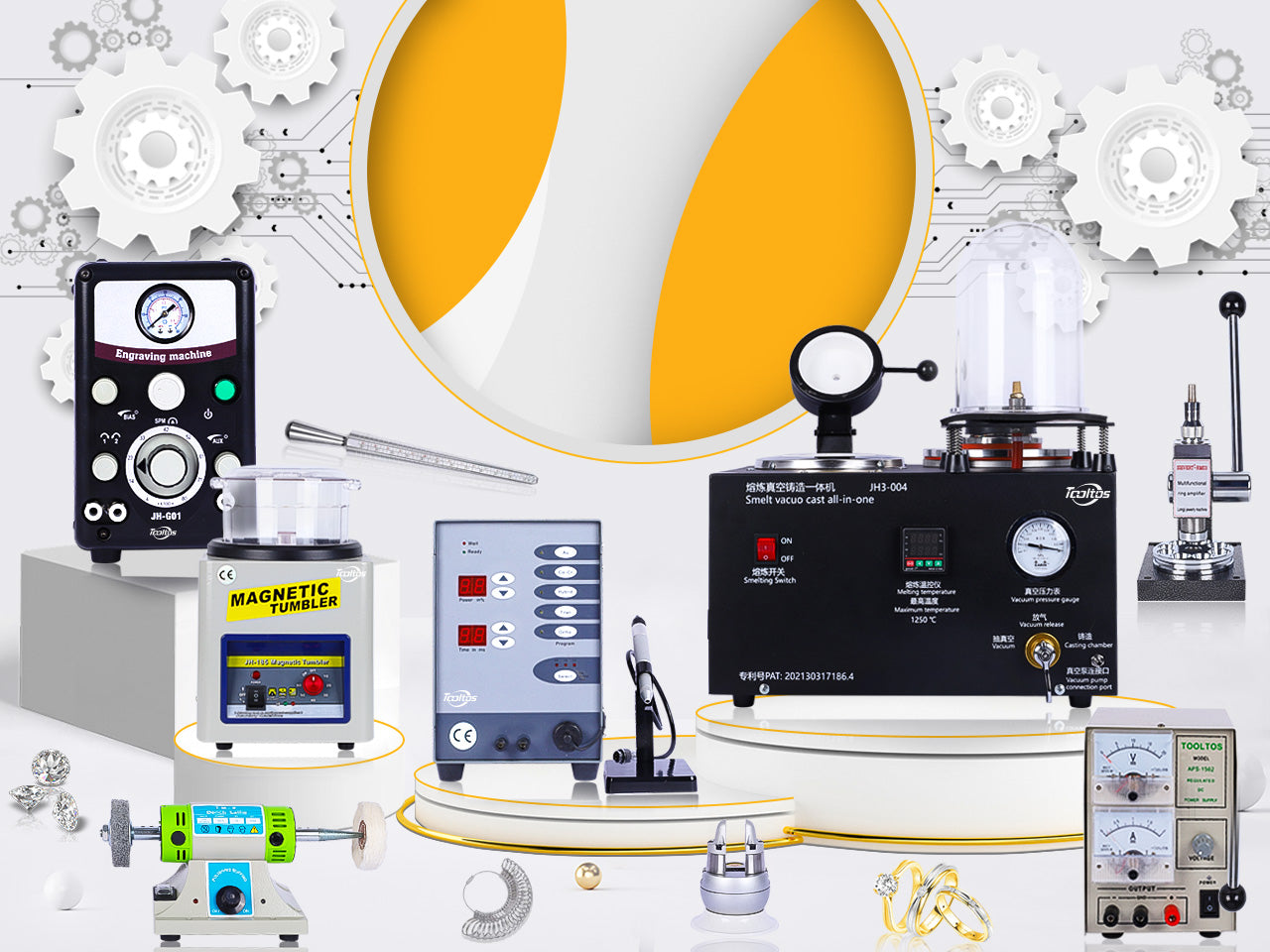
The most popular rotary tool for wood carving is the dremel with burs.
On the other hand, the most commonly used non-electric tools include knives, chisels, gouges, and mallets.
The Advantages of Carving Wood with Rotary Tools
One of the biggest advantages of carving wood with rotary tools is that the rotary tools allow the carver to carve considerably more quickly and efficiently. Rotary tools like Dremel make it possible for carvers to carve with little physical effort and little time.
On the other hand, multifunctional tools are another advantage of carving wood with rotary tools. Most rotary tools have different attachments that can be attached and removed. This makes it cheaper to replace broken tools and easier to work with.
The Disadvantages of Carving Wood with Rotary Tools
One of the biggest disadvantages of carving wood with rotary tools is that it is easy to make mistakes. When carving wood with rotary tools, little splits, cracks and inaccurate depth are common and recurring issues. This is a challenge for beginners, but after a while, they start to make fewer mistakes while carving wood with rotary tools.
Another issue is that carving wood with rotary tools makes you inhale dust particles, which is harmful to your health. Therefore, you should wear a mask that can protect you from 100% of the dust particles and painting gas when carving wood.

The Advantages of Carving Wood with Non-electric Tools
One of the greatest advantages of carving wood with non-electric tools is the diversification and different styles that are present in the art. For instance, chip carving is quite different from whittling, and relief is extremely distinct from spoon carving. The learning curve never stops, and the potential of things to what can be carved is enormous.
Carving wood with non-electric tools require more attention to detail. A skilled woodcarver can create the tiniest details and realistically represent them on the carving with chisels and gouges with a mallet.

The Disadvantages of Carving Wood with Non-electric Tools
A large disadvantage of carving wood with non-electric tools is a fairly long learning process.
It takes physical effort to carve. Although short carvings don’t take much effort, circular carvings and taking off large blocks of wood can rapidly wear you out. Compared to using rotary tools, the work is completed more slowly and with fewer carvings. To increase your endurance when carving, lowering your carving bench a little bit is suggested.

How to Choose Carving Wood with Rotary Tools or with Non-electric Tools?
Compared to using non-electric tools, carving wood with rotary tools has the potential to be considerably larger.
First of all, rotary tools such as Dremel manage to cut through much larger pieces of wood for initial shaping. This process could be extremely difficult and time-consuming when done only with non-electric tools.
Second, carving wood with rotary tools is much faster. For instance, it might be possible to carve a 2-meter-tall carving with non-electric tools only, but it will take too much time. As for carving wood with rotary tools, there is no size restriction as long as there is enough wood available.
But if you are pursuing accurate and detailed carvings, carving wood with non-electric tools is a good choice.


0 comments